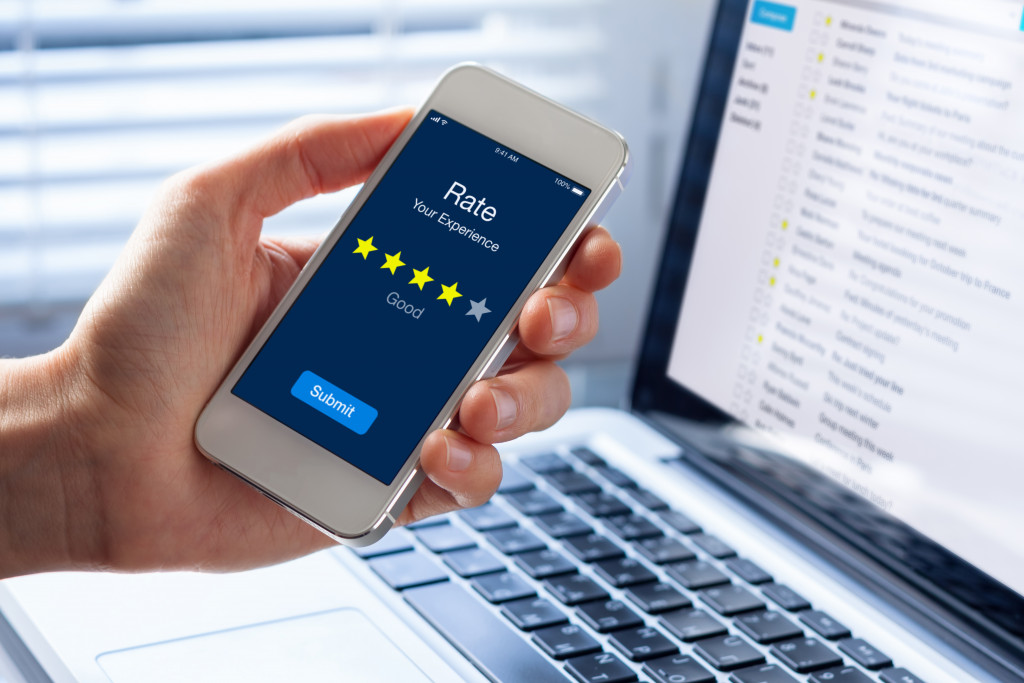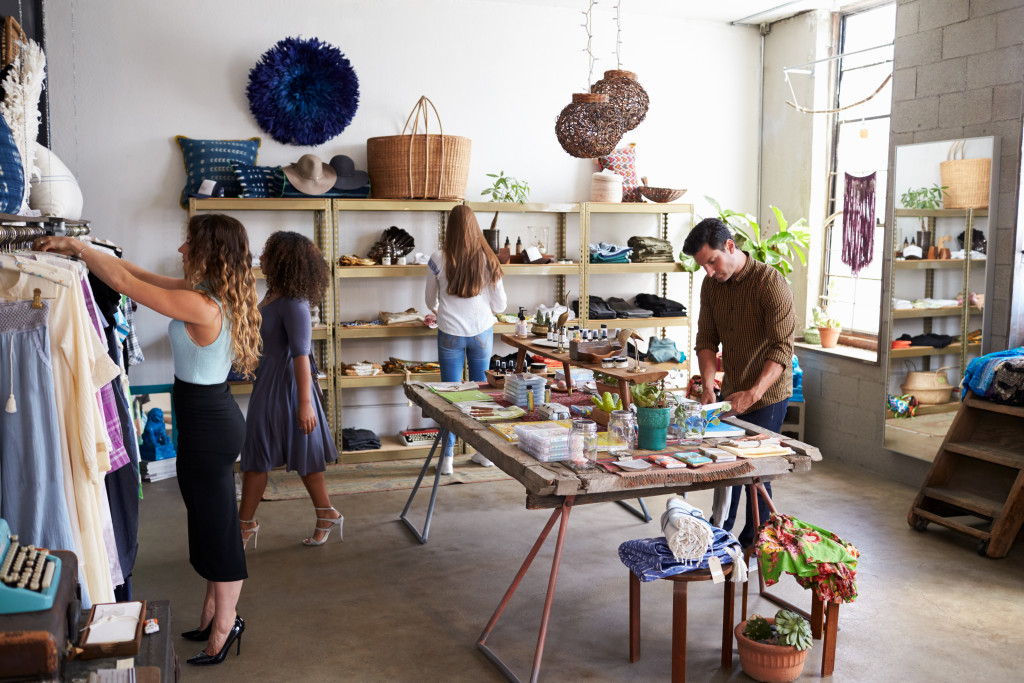Whether you’re starting a retail business or you are a long-time owner of a retail store that is looking to explore your options, an online delivery business is not only a timely shift but can also be a profitable venture if you do it right.
But if you’ve figured that out, so has all most of the retail businesses in your area. Don’t worry, there’s plenty of business online and building a successful online enterprise can be a bit different from a thriving local store.
This article will help you get things started with your online retail delivery business.
Online Presence
Since you’re setting up an online business, more than half the battle happens in cyberspace. Just because you have a website or a page on Facebook, doesn’t mean you can expect visitors and buyers to come pouring in. There are a lot of factors that contribute to the amount of traffic that you get online. The good news is that most of these factors are in your control in one way or another.
Website
When building your website, it’s important that while you keep your store’s branding, you also always take the customer experience into consideration. When choosing colors, for example. When the colors from your branding make it difficult for text to be read, it may be more ideal to use other, high-contrast tones. This simple change can mean the difference between an annoyed visitor and an engaged buyer.
Speaking of user experience, even if you have the best-looking website with the most compelling content, you won’t be able to retain its visitors if the pages don’t load, and load quickly. One of the most prominent features of making purchases online now is its convenience. If you work with subpar web hosts, your visitors will feel it. Here’s CNET’s list of the best web hosting providers for 2020.
Search engine optimization has become a buzzword in recent times because of how it can create organic traffic for your website. It’s one of those long-term strategies that will eventually generate consistent clicks and visits for your pages. Here’s HubSpot with an excellent article introducing SEO. Whether you decide to work with a professional team or just take on the SEO project yourself, it’s important that you gain a basic understanding before you choose.
Social Media

Apart from a website, you might want to maintain one or several social media accounts for your business. The modern consumer wants to interact with the businesses they buy from in platforms that they recognize and use all the time. Having a page on Facebook or Instagram will also give you free market insight to paint a clearer picture of your target audience. Plus, it’s a cheap or even free way that you can market your goods.
Also, just because you’re not on social media doesn’t mean people aren’t talking about your business there. It’s better to be a participant in the conversations about you.
There are a lot paid advertising options for search engines and social media platforms as well. Here’s HubSpot’s Neil Patel with another helpful article about the subject.
Ecommerce
You don’t have to integrate ecommerce into your website or social media accounts. You can fulfill and track orders manually. However, before long, you’ll see just how much work that entails and how much time and resources you’ll save by automating the whole process with the help of ecommerce integration.
Depending on your webhost or your social media platform, there will be options for you to incorporate ordering, billing, payment, and order-tracking features that will help your customers to easily purchase your products. This integration will also help you meet orders at scale and even keep track of trends in your business.
Offline Logistics
Now, that you’ve ideally ironed out the online part of your business, it’s time to make sure you also do well with whatever’s left offline.
The packaging of your product is almost as important as the product itself, particularly if your business is online. It’s the first time your customers will encounter a physical representation of your business and first impressions last.
Find the appropriate packaging for your products – whether that’s poly bags, paper boxes, bubble wraps, or others. Connect with a supplier that has a good track records in terms of quality and timeliness.
These qualities are also good to have for delivery and courier services. Do some test runs and see whether the delivery service can take your products unharmed and within reasonable time.
Take your retail business online by securing both your online presence and your offline logistics.

